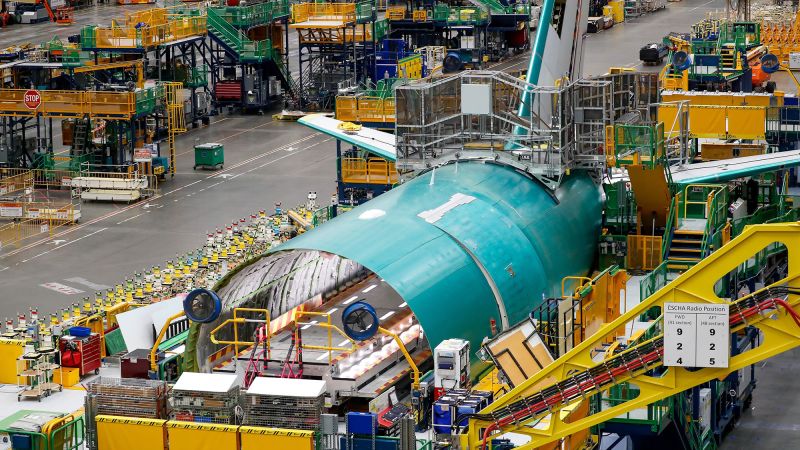Boeing has been dealing with safety and quality concerns surrounding its planes, particularly the 777 and 787 Dreamliner jets. The Federal Aviation Administration is investigating allegations made by Boeing engineer Sam Salehpour that shortcuts were taken during the manufacturing process of these planes, which could lead to catastrophic failures as they age. Salehpour is set to be the key witness at a Senate hearing on Wednesday, where he will address these concerns.
Boeing’s reputation for safety and engineering quality has been diminished in recent years, particularly after the fatal crashes of the 737 Max in 2018 and 2019. The grounding of the 737 Max for 20 months following these crashes raised questions about the safety and quality of Boeing’s commercial jets. The company has faced renewed scrutiny after an incident with a 737 Max flight by Alaska Airlines in which a door plug blew out, sparking investigations and allegations of fear of retaliation among Boeing employees for raising safety concerns.
According to Salehpour, Boeing employees are scared to speak up about problems in the factories. However, Boeing has seen a significant increase in employee tips about quality and safety issues since the incident with Alaska Airlines. The company’s executives stated that they are continually encouraging employees to speak up and report any concerns. Boeing faces stress tests that simulate far more flights than the planes will actually undergo in the real world, and inspections on planes currently in service have not shown evidence of fatigue in parts of the planes facing questions.
Salehpour’s complaint alleges that crews assembling the planes failed to properly fill gaps between separately manufactured parts of the fuselage, which could shorten the lifespan of the planes and lead to catastrophic failure. Boeing and the Federal Aviation Administration admitted to some problems with the gaps between parts of the fuselages exceeding Boeing’s standards, leading to delivery halts for the 787 Dreamliner. However, inspections following these concerns have not shown any problems in actual operations of the planes. Standards for gap sizes have been adjusted in response to these inspections.
Boeing’s executives addressed concerns about the gap size standards, stating that the original standards were set by Boeing and not regulators. They described the original standard of a 5/1000th of an inch gap as being equivalent to the width of a human hair or two pieces of paper. Chisholm mentioned that the standards were hyper-conservative and difficult to meet. While some allowable alignments have been increased, Boeing maintains that they are still talking about very tight standards for gap sizes. Boeing continues to address safety and quality concerns to ensure the ongoing safety and reliability of its planes.













